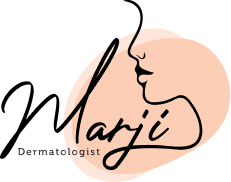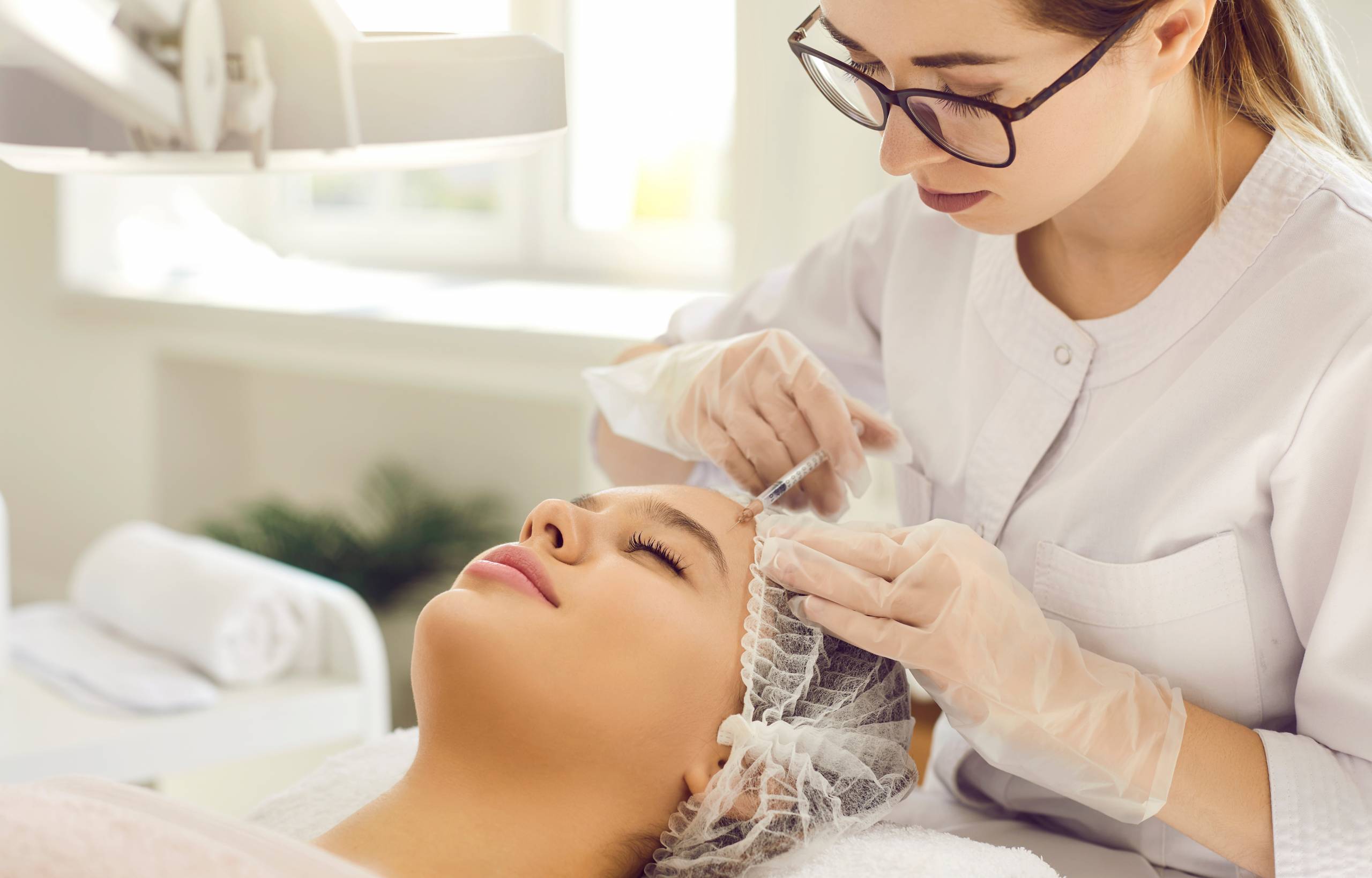What Is Sculptra?
An FDA-approved PLLA filler that is made with a biocompatible, biodegradable, synthetic material called poly-L-lactic acid, which is gradually and naturally absorbed by the body and helps to rebuild lost collagen. It is a new injectable used to treat wrinkles and sagging skin by stimulating the skin’s collagen production to help restore the plumpness and glow of healthy skin. It is an add-on anti-aging treatment to injectable dermal fillers, skin creams, fat injections, and implants.
How Does Sculptra Work?
Sculptra treatments are usually fast and relatively painless. It works as a bio stimulator to help the skin produce collagen. Typically, a local or topical anesthetic is first applied to make sure no discomfort occurs. Your dermatologist will determine an injection grid for each facial area, then inject Sculptra accordingly in multiple small amounts using a blunt needle. After injection, the treated area will be massaged to distribute the product evenly.
Who Is Sculptra Most Suitable for?
Sculptra is indicated for use in people with healthy immune systems for the correction of shallow to deep nasolabial fold contour deficiencies and other facial wrinkles.
Sculptra Contraindications (Who Cannot Undergo This Procedure?)
As with any other cosmetic procedure, there are certain people that are not advised to undergo the procedure, such as:
- Pregnant women
- Breastfeeding women (lactating women)
- People with connective tissue disease
- People with active infections
- People with immune diseases
- People that are allergic to any ingredient of the product
- People who have a history of keloid formation
- People who have a history of hypertrophic scarring
How Many Appointments and Injections Will I Need?
The number of injection appointments and the number of injections per appointment vary from person to person, depending on how much collagen has been lost. On average, three injection appointments are needed over a period of a few months.
How Does the Procedure Go?
The Sculptra procedure is simple and fast. This is how you can expect it to go:
- First, the doctor will reconstitute the vial.
- Then, the doctor will clean the targeted area.
- A small opening with a needle is done by the doctor and a cannula is inserted.
- After that, the material will be distributed in temples, cheeks, and jawline.
What to Do After the Procedure?
What you need to do after the Sculptra procedure is quite simple. Follow the rule of 5 minutes. The rule states that you massage your face for five minutes, five times a day, for five days.
Frequently Asked Questions (FAQs)
The following are some of the most commonly and frequently asked questions regarding the Sculptra procedure.
What effect can I expect after the procedure?
After the Sculptra procedure, you can expect glowing, tightened, and thickened skin. You will also notice that your skin will look hydrated and will gain a slight volume.
How many vials to be used during the procedure?
Usually, the doctor will use one vial for the whole face in young patients, and two vials or more in older patients.
When can I see the effect of the Sculptra procedure?
The effect starts gradually and can be seen clearly after six weeks. The progress continues to show until nine months after the procedure.
How long will the effect last for?
The effect of the procedure usually lasts from 2 to 3 years.
Can I also do filler in the same session?
No, it is better to wait six weeks after the Sculptra procedure to do filler.
What complications can occur after the procedure?
Some of the complications that can occur include redness, pain, swelling, edema, bruises, bumps (early or late), itchiness, tenderness, and lumps.
What areas cannot be injected with Sculptra?
Areas that are not to be injected with Sculptra include forehead, nose, under eye, nasolabial, lips, and chin.
When should I go back to see the doctor?
You should come back to see the doctor six weeks after the procedure.
Where else can the Sculptra injections be used?
The injections can be used off-label anywhere in the body to lift and tighten the skin. It is also safe to be used on the neck.


